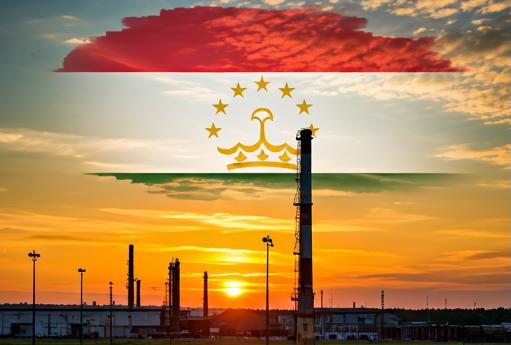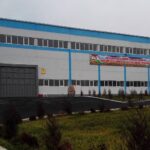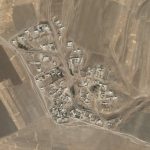Tajikistan

Tajikistan witnessed a decline in industrial output during the mid-1990s, facing challenges like outdated equipment, low investment, and market limitations. By 2006, approximately one-third of its major industrial enterprises were inactive or operating at minimal capacity. Renationalization discussions arose to rejuvenate the sector, but challenges persisted. Key industries include aluminium processing and chemical production, contributing to 40% of industrial production in 2005.
Manufacturing Landscape in Tajikistan
Despite hurdles, Tajikistan focuses on diversifying its economy, particularly through manufacturing and industrialization. Sectors like textiles, food processing, construction materials, pharmaceuticals, and machinery have shown notable growth, contributing significantly to GDP. The construction industry saw a 60% output increase from 2004 to 2005, despite facing issues of low investment and substandard workmanship.
Tajikistan’s Economic Transition
Tajikistan’s economic reliance on agriculture and services, coupled with vulnerability to external shocks, necessitates strategic shifts. The establishment of Special Economic Zones (SEZs) and industrial estates presents an opportunity to attract foreign investments. Tajikistan’s economic policies have gradually shifted, with a focus on creating favorable conditions for manufacturing and industrial activities.
The growth of industrial estates and SEZs in Tajikistan has led to job creation, reducing unemployment and enhancing livelihoods for the local population. Manufacturing and industrialization efforts are crucial for economic diversification, steering away from traditional sectors. This diversification aims to create a balanced and resilient economy, fostering stability and long-term growth prospects.
Driving Economic Growth
Tajikistan’s commitment to manufacturing and industrial development, supported by tax incentives and a skilled workforce, is driving economic growth. With a diverse range of industries, the country attracts both domestic and foreign investments. The ongoing development of the manufacturing sector positions Tajikistan for further economic expansion and prosperity.
Tajikistan’s focus on manufacturing, including textiles, food processing, construction materials, pharmaceuticals, and machinery, signals a commitment to economic growth. The establishment of free economic zones aligns with global trade trends, providing opportunities for investors. As the country continues to leverage its agro-industrial capabilities, hydropower potential, and mineral resources, Tajikistan aims to position itself as an attractive destination for business and investment.
In conclusion, Tajikistan’s journey toward economic diversification and manufacturing growth reflects its resilience in overcoming industrial challenges. The strategic development of SEZs and industrial estates underscores the country’s commitment to fostering a robust and dynamic economic landscape.



